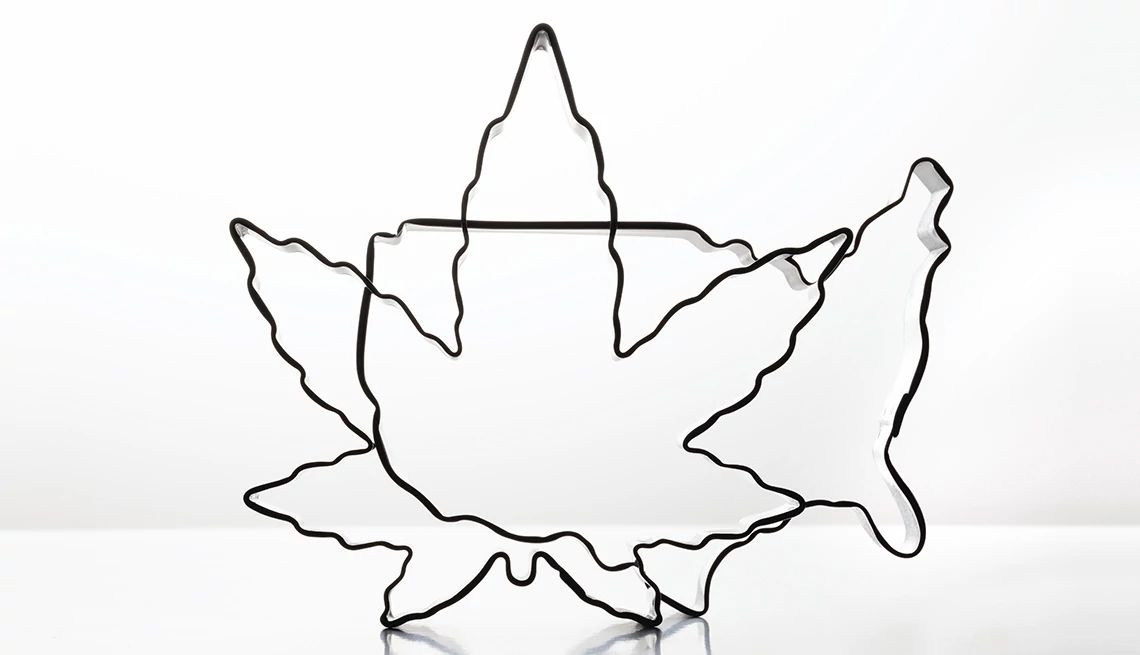AARP Hearing Center


Marijuana use has reached a new high among older adults in the U.S.
In 2023, roughly 7 percent of adults 65 and older reported using the drug in the past month, according to an analysis led by researchers with the Center for Drug Use and HIV/HCV Research at New York University’s School of Global Public Health.
That share is up from 4.8 percent in 2021, according to the study, published June 2 in JAMA Internal Medicine. A previous study noted a rise in usage among the 65-plus population from 2.4 percent in 2015 to 4.2 percent in 2018.
Also increasing, the researchers found, is marijuana use among older adults who are college-educated, higher-income earners and female. “There have been major shifts in use according to demographic and socioeconomic factors,” Joseph Palamar, the study’s senior author and an associate professor of population health at the NYU Grossman School of Medicine, said in a statement.
For example, older adults with annual incomes of at least $75,000 had the lowest prevalence of use in 2021, at 4.2 percent. But by 2023 they had the highest prevalence compared with lower-income groups, at 9.1 percent. Also, use among older adults with a college or postgraduate degree was highest in 2023, at 8.3 percent, compared with groups with some or no college.
Another key finding: Older adults with two or more chronic diseases are more likely to use marijuana than people with fewer health issues. Use among older adults in this group grew by 134.3 percent between 2021 and 2023. Cannabis use among older adults living in states where medical marijuana is legal grew by about 46 percent within the same time frame, the researchers found.
Currently, medical use of marijuana is legal in 39 states, three territories and the District of Columbia.
“It shouldn’t be surprising that use is becoming increasingly more common among people who live in states that allow medical cannabis, which could be due to increased availability or social acceptability,” Palamar said.
“Interestingly, with respect to income, those with the highest incomes had the lowest prevalence of cannabis use in 2021, but by 2023, this group had the highest prevalence, which may indicate who has access to medical cannabis, given its costs," he said.


































































More From AARP
Heart Risks Linked to Cannabis Use in People 50+
A new study finds a link between use and cardiovascular effectsWhat You Need to Know About Medical Marijuana
Use is growing and gummy consumption is exploding, but is it safe and effective?
8 Major Health Risks for People 50 and Older
A look at the top killers — and how to dodge them